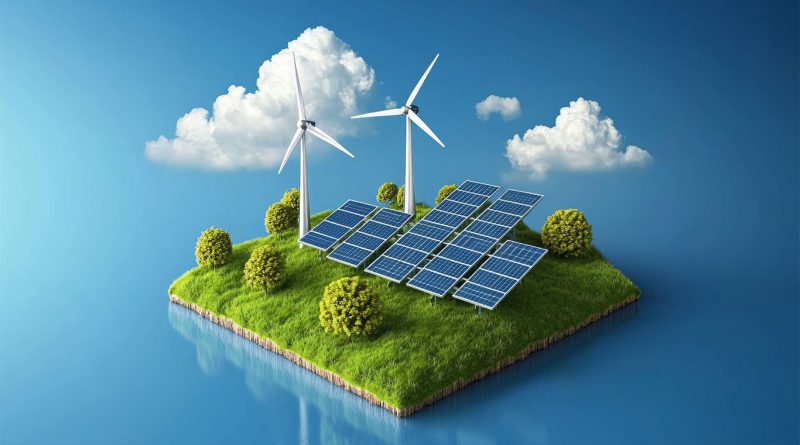Tariffs, Grid Gaps, and Subsidy Cuts are Stalling Solar Progress
Subscribe to our free newsletter today to keep up to date with the latest renewable energy news.
The renewable energy sector in the United States is entering its most complex and demanding period to date. After years of expansion driven by incentives, falling technology costs, and growing public support, the industry is now facing a convergence of significant pressures. Grid instability is rising due to the uneven integration of renewables.
Government support is diminishing amid political and fiscal shifts. Tariffs on imported components are inflating project costs and delaying development. A once confident market is being tested by infrastructure, policy, and investor fatigue.
The growing instability of a grid not ready for renewable dominance
The US power grid is showing signs of stress as electricity demand continues to climb. Total consumption is expected to reach 4,179 billion kilowatt-hours in 2025. This growth is largely fueled by the adoption of electric vehicles, the electrification of heating systems, and the expansion of power-hungry data centers. The grid, originally designed for centralized fossil fuel generation, is being stretched by the uneven supply patterns of wind and solar energy.
One of the most visible effects is the “duck curve,” which describes the misalignment between peak solar generation during the day and peak electricity demand in the evening. This mismatch forces utilities to ramp up generation quickly or draw on stored energy, increasing the risk of outages or wasted supply.
Battery storage is expanding to meet this challenge. The US added 10.3 gigawatts of storage capacity in 2024, with another 18.2 gigawatts projected for 2025. Despite these gains, storage still accounts for a small share of what is needed to stabilize the grid. Many regional utilities remain poorly equipped to manage two-way electricity flows or respond to surges in peak demand. Without significant upgrades, the pace of renewable deployment may exceed the system’s capacity to adapt.
Subsidy cuts and policy reversals are shaking clean energy investment
Recent political changes have led to a decline in federal support for clean energy. Tax incentives created under the Inflation Reduction Act are being reevaluated or scaled back. These policy adjustments are creating uncertainty for developers and financiers.
Projects that were structured around long-term tax benefits are now being delayed or renegotiated. With fewer guarantees in place, institutional investors are shifting resources away from clean energy. The result is a more cautious development environment and a possible slowdown in renewable infrastructure buildout.
International markets are becoming more attractive. Countries such as Brazil and Vietnam are offering stable policies and growing demand, drawing capital from developers once focused on the US These shifts signal a potential redirection of global clean energy leadership if domestic support continues to waver.
Tariffs are reshaping the economics of solar and battery development
Tariffs on imported solar panels, inverters, and batteries are raising project costs and creating new hurdles for developers. Originally intended to support domestic manufacturing, these tariffs are also complicating supply chains and squeezing margins.
Costs for some imported components have risen by 10 to 15 percent. In states like Arizona and Texas, several large-scale solar installations have been delayed or paused. Developers are struggling to source equipment at prices that maintain the financial viability of their projects.
Battery storage is also under pressure. Although domestic production is increasing, much of the raw material supply and specialized components still come from international sources. Without a fully localized supply chain, tariffs could slow down deployments that are critical to grid stability.
Sources:
